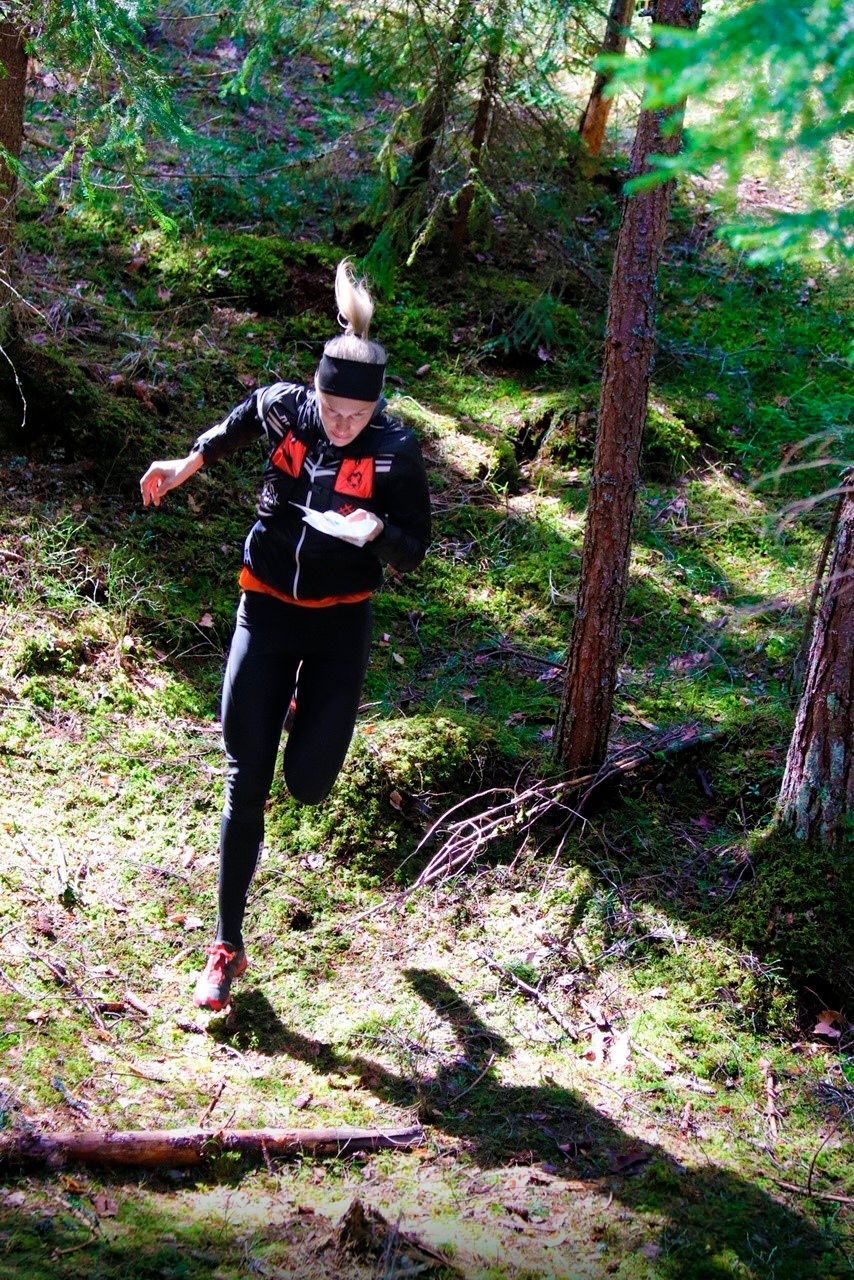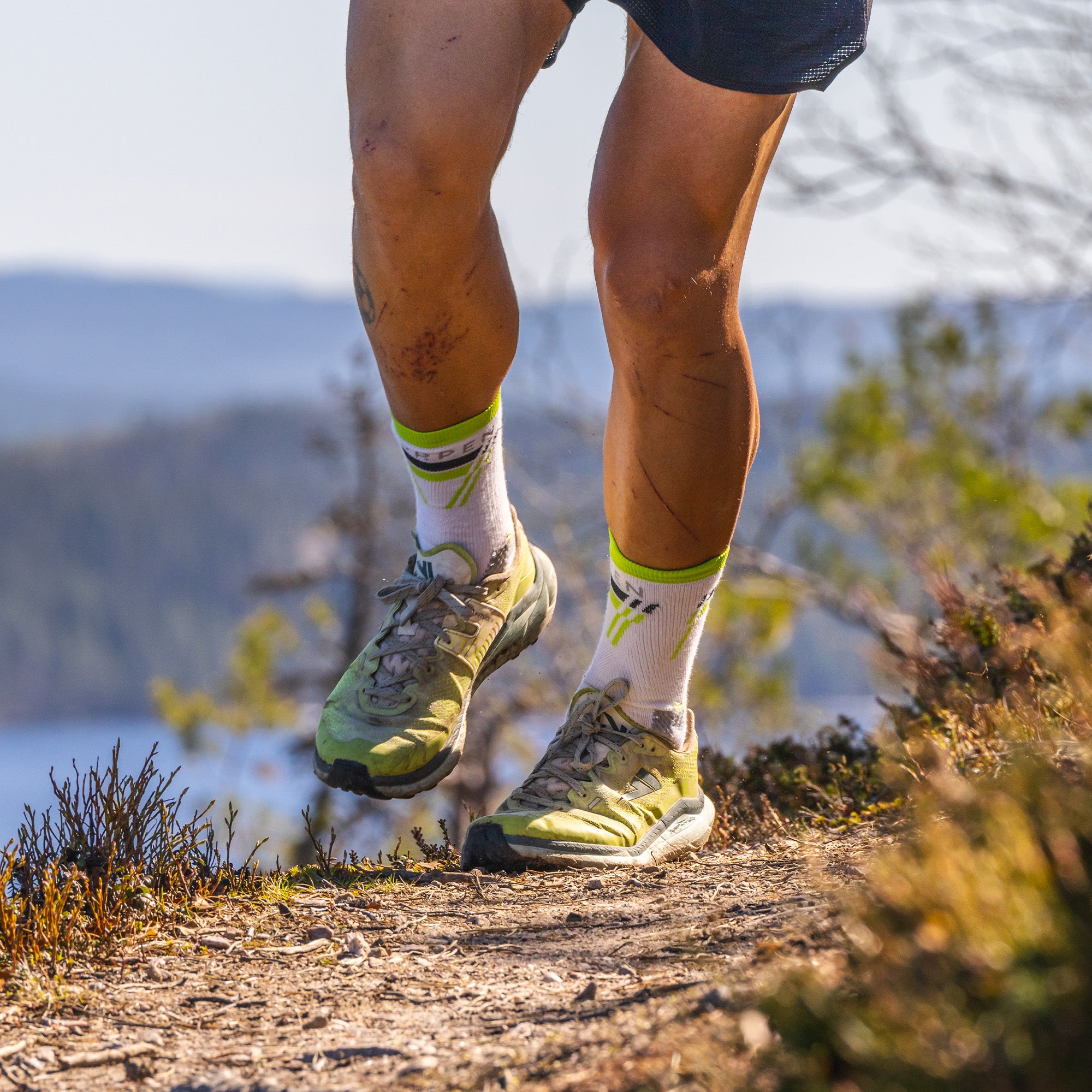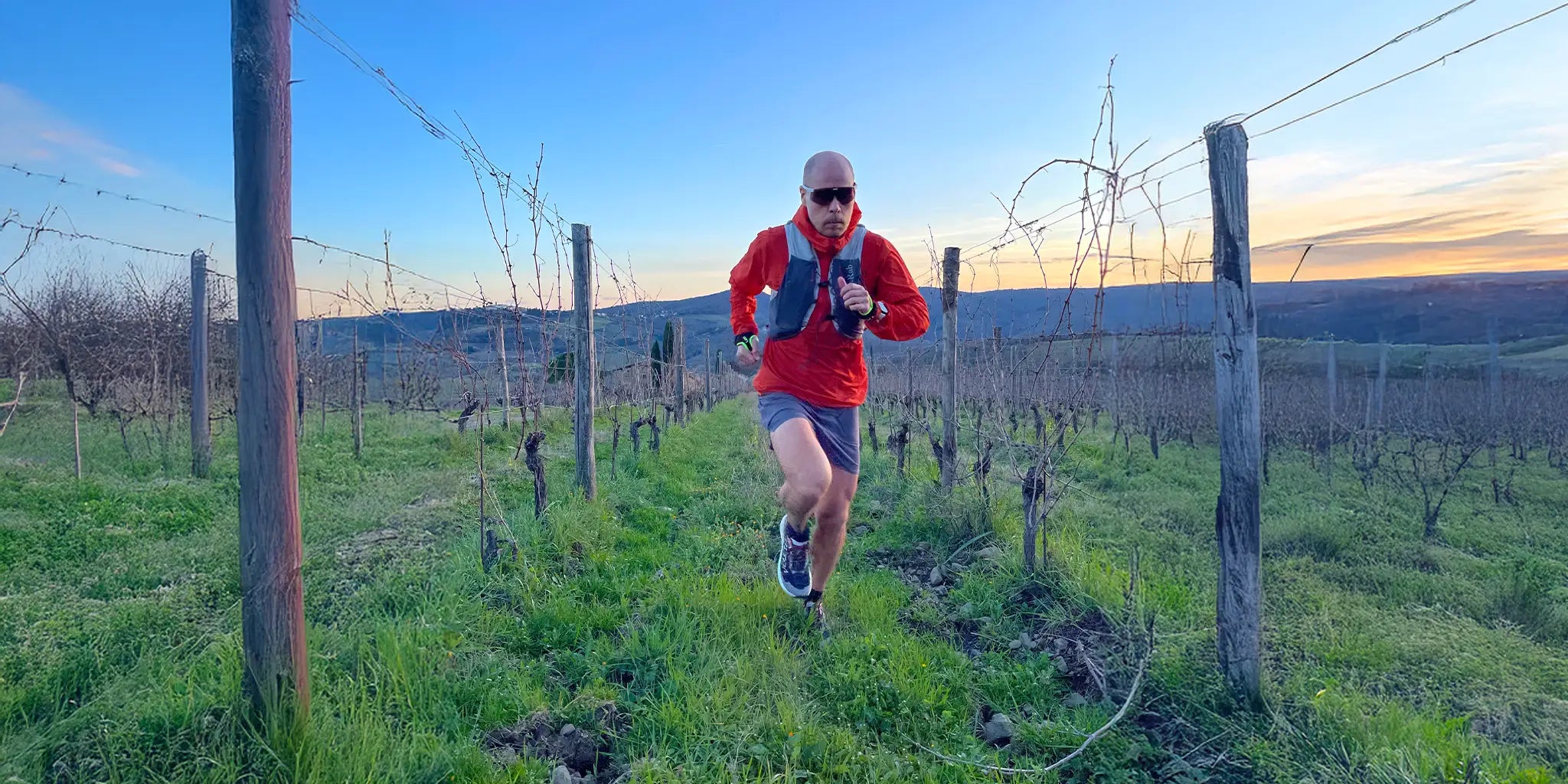Lakia Jukola is due in a week and everyone is probably slowly starting to get butterflies in the stomach. In cooperation with VJ, I will now give you the best tips for Lakia Jukola.
Equipment
Shoes are an orienteer's most important choice when thinking about clothing. From VJ, my favorites are the Bolds or the IRocks, because they are made for orienteering. From IRocks, also a new wider model under the name IRock+ is now available. If you do not orienteer much, I recommend buying studded shoes. They also work perfectly on trails and roads. In Jukola it’s all about team work, so you should definitely wear club clothes or a common orienteering shirt. Jukola is a celebration of community, where people enjoy the amazing spirit together in their wonderful orienteering uniforms. In the heat, thin pants and socks are better than tights. Personally, I always prefer long legs, to avoid scratches, especially among marshes with high vegetation. It's good to have a stable compass so that you can proceed as straight and as effectively as possible. A backup compass is always good to have for security in the back pocket of your pants. A good lamp and a spare lamp come in handy during the night legs. And of course, you’ll have to have an Emit to get a result. For longer legs, you should take some extra energy with you, e.g. gel, but please don't throw any garbage in the forest.

From top to bottom, Bold X, IRock4, IRock+
Before the race
It will be reasonably warm, so you should remember to stay in the shade, enjoy drinks with salts and energy. It is good to start fueling two days before the event and remember to use extra energy especially in longer legs of the race as well. There is always extra buzz in Jukola and of course you’re going to enjoy seeing friends and visiting stores, it’s part of the Jukola spirit, too. But before the race, you should calm down. If it's warm weather, you should keep your warm up shorter.
Map

The maps are large in size (generally A2-A3), so it is recommended to fold the map well in the beginning, so that it’s easier to handle. As a special feature of the area, one contour is 2.5 meters, so all the features are smaller than usually. In “Lakeus” area, the contours are rather challenging to map, because there are many small shapes and only the clearest ones can be shown on the map. The cartographers are professionals; Timo Joensuu and Jussi Silvennoinen, so the maps will be accurate. However it is possible that the mapping is more simplified compared to some of the older ones. There is a lot of gray in the old maps, but I think that there will be less of it in the competition maps, because in reality the open rock areas are more patchy, at least they were in the training areas.
Terrain

The terrain is quite shattered, as large fields divide it to smaller forest areas. The hill areas are flat, the visibility is good and the runnability is excellent. It's always worth taking some open rock under your shoes. The marshes are heavy, although even the open marshes are more runnable than usual this summer due to the drought. In many swamps, the undergrowth is long, which makes them very heavy. I recommend avoiding the biggest swamps if possible and find some rock under your feet instead. On the other hand, there will be big growing trails in the forest after first legs, so you can get faster even through the marshes. You can use open marshes as a good help with your navigation, too, but all the smaller marshes are not quite as clear in such a dry summer.
The sand collection area will be detailed and dense, and the disc golf course will bring its own additional spices. It is worth investigating the area in advance from the map. The areas near finish seem to be quite green and dense without any bigger details, so there may be some challenging orienteering tasks there too, especially in the first legs where no-one’s made any trails through yet.
Routes
Women and men have most likely different starting points, because men have more than a kilometer more signposted routes. Women will probably orienteer more in the eastern to northern parts of the map, and men go west. For women, one of the decisive places will be the sand collection area with many details and dense areas. Nowadays this area also includes a disc golf course, which may help orienteering or make it even more complicated, so I recommend keeping the brake on. For men, rocky areas with small features offer both challenges and orienteering pleasure. Some of the men's courses may also visit the sand collection area, but my own thought is that most of them may not make it there due to the different starting point.
Orienteering
Straightforward progression was the right choice when training in Porokallio. The shapes of the terrain were very flat, but rocks and bigger shapes helped with navigating the area. The marshes were in a pretty good shape for running in, because of the fairly dry summer so far.
The use of a compass and ability to run along the red line are absolutely important in this area. The terrain is detailed and the objects are low, so it is definitely safest to go as straight as possible to avoid parallel errors. When the direction is accurate, the oncoming little hill is more likely to be the right one. Because the visibility is good, larger objects can be seen from far away. For example, a hill with two curves clearly stands out from its friends with one curve. Big stones are often very good targets, because they are really large and can sometimes be seen from afar. The use of rocks and cliffs as an aid seemed to make sense in the training terrains, because they often differentiate the curve shapes from each other - a hill with a rock next to it or a cliff on the side stands out from a million others of the same kind that do not have additional features.
Some smaller stones may have been left out from the map, but most of the stones stand out well, which is why their use is more important than usually. If possible, you should avoid large marshes and try to find some hills to run faster. On the other hand, there will definitely be trails, so after the first legs you can go faster everywhere. Swamp areas are also good objects to help your orienteering. In the smallest areas, you have to either find the clearest points when you see them or know how to pick them out on the map in advance.
Check out the old maps here: https://jukola.com/2024/en/competitors/old-maps/
Good luck!
 -Minna Kauppi, 9x orienteering World Champion
-Minna Kauppi, 9x orienteering World Champion





Leave a comment
All comments are moderated before being published.
This site is protected by hCaptcha and the hCaptcha Privacy Policy and Terms of Service apply.